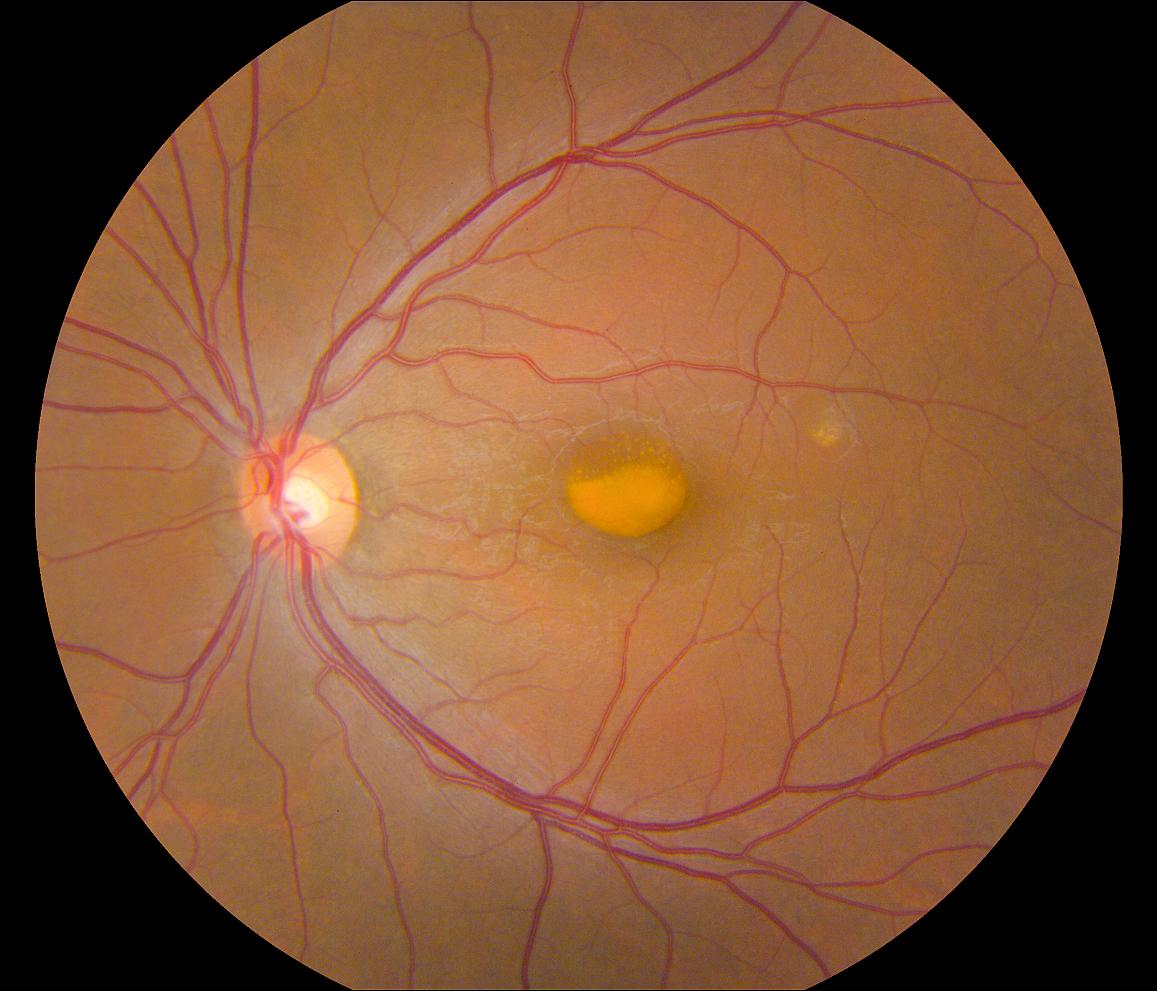The latest findings will set the ground for the development of new therapies for the treatment of vitelliform macular dystrophy

Retina with egg-yolk-like lesion in a person with vitelliform macular dystrophy. (Credit: NEI)
A team of researchers from the US-based National Eye Institute (NEI) has discovered new details about vitelliform macular dystrophy (VMD) disorder through a high-tech imaging system.
The group found out that retinal lesions from vitelliform macular dystrophy (VMD) vary by gene mutation.
Part of the National Institutes of Health (NIH), NEI said that addressing these differences can help in designing efficient therapies for this and other uncommon disorder.
VMD is an inherited genetic condition that gradually impairs vision by causing the light-sensitive retina to degenerate.
At the NIH Clinical Center, Johnny Tam, chief of the NEI Clinical and Translational Imaging Unit, examined the retina of 11 patients using multimodal imaging.
Adaptive optics, a technology that uses flexible mirrors to increase resolution, was used to examine living cells in the retina in unprecedented detail, including the light-sensing photoreceptors, retinal pigment epithelial (RPE) cells, and blood vessels.
Tam and his colleagues worked with doctors at the NEI Eye Clinic to use genetic testing and other clinical evaluations to describe 11 individuals.
The assessment of photoreceptor and RPE cell densities in close proximity to VMD lesions indicated variations in cell density depending on the different mutations.
According to the findings, photoreceptor cell density was more impacted by IMPG1 and IMPG2 mutations than RPE cell density.
The researchers found similar impacts on cell density in the unaffected eye in people who only had one afflicted eye, despite the absence of lesions.
NEI director Michael Chiang said: “The NEI’s long-term investment in imaging technology is changing our understanding of eye diseases.
“This study is just one example of how improved imaging can reveal subtle details about pathology in a rare eye disease that can inform the development of therapeutics.”
NEI sponsors initiatives in fundamental and clinical sciences to create therapies that preserve vision and attend to the unique needs of those who have lost their eyesight.
